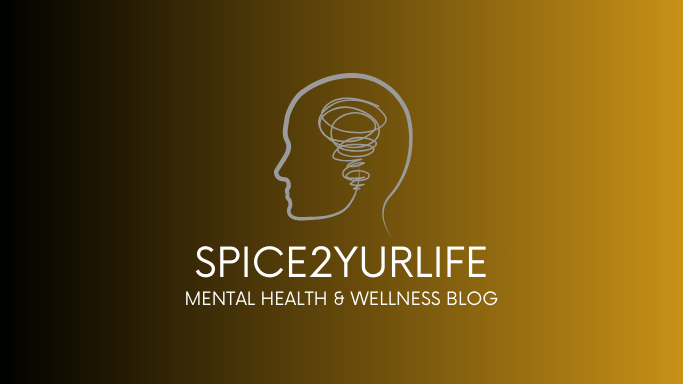In the hustle and bustle of our modern lives, it's easy to get swept away by the constant stream of notifications, obligations, and distractions. As our minds race to keep up with the demands of everyday life, it's no wonder that stress, anxiety, and burnout have become all too common. In the midst of this chaos, however, there exists a powerful antidote: meditation and mindful practices.
Meditation is an ancient practice that has been used for thousands of years to cultivate inner peace, clarity, and emotional well-being. It involves training the mind to focus and redirect thoughts, ultimately leading to a state of deep relaxation and heightened awareness. Mindfulness, on the other hand, is the practice of being fully present and engaged in the present moment, without judgment or attachment to the past or future.
The benefits of meditation and mindful practices are numerous and well-documented. Research has shown that regular meditation can reduce stress, lower blood pressure, improve sleep, boost immune function, and enhance overall mental health. Similarly, cultivating mindfulness has been linked to greater emotional resilience, increased happiness, improved concentration, and better relationships.
So how exactly can one incorporate meditation and mindfulness into their daily routine? The beauty of these practices lies in their simplicity and accessibility. Here are a few tips to get started:
1. Find a quiet space: Choose a peaceful environment where you won't be disturbed. This could be a corner of your home, a park, or any other serene location where you feel comfortable.
2. Set aside time: Schedule regular meditation sessions into your day, even if it's just a few minutes. Consistency is key to establishing a meditation practice.
3. Focus on the breath: Begin by paying attention to your breath as it flows in and out of your body. Notice the sensation of each inhale and exhale, allowing your mind to settle into the present moment.
4. Let go of distractions: As you meditate, you may find that your mind wanders or that you become aware of various sensations or thoughts. Instead of getting caught up in these distractions, gently guide your focus back to your breath.
5. Practice self-compassion: Remember that meditation is not about achieving a certain state or clearing the mind of all thoughts. It's about being kind to yourself and accepting whatever arises with an open heart.
In addition to formal meditation practices, there are countless ways to incorporate mindfulness into your daily life. Whether it's savoring a cup of tea, going for a mindful walk, or simply pausing to appreciate the beauty around you, there are endless opportunities to bring greater awareness and presence into each moment.
In conclusion, meditation and mindful practices offer a powerful means of finding peace and serenity amidst the chaos of modern life. By taking the time to cultivate these practices, we can tap into a profound sense of inner calm, clarity, and contentment. So why not take a moment to pause, breathe, and connect with the present moment? Your mind and body will thank you for it.







No comments:
Post a Comment